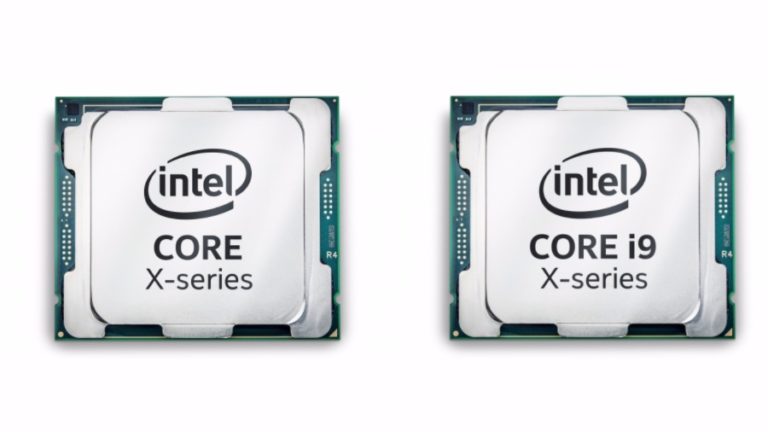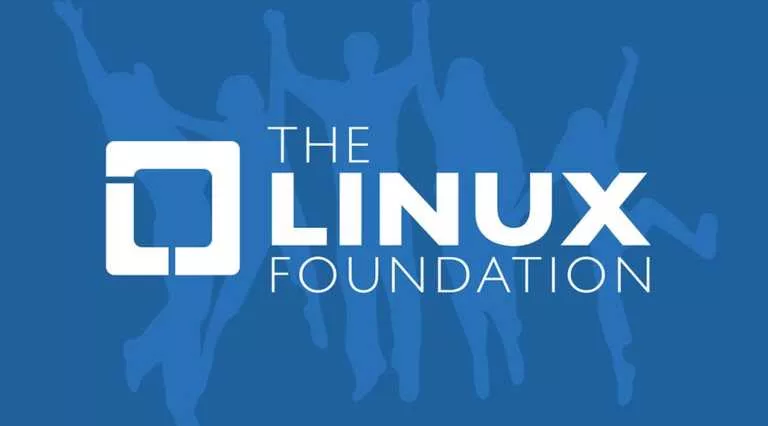How Lack Of Human Resource Is Threatening The Cybersecurity Realm
Image | Wikipedia commons
Short Bytes: Maintaining a Cybersecurity department is the need of the hour for the companies. Human Resource has a major impact on the Cybersecurity and it can be perceived from the situation that there has been a decline in the number of recruitments due the lack of skillset and talent, despite the numerous high-salary job opportunities.
Cybersecurity – one of the major fields where the human resource is losing its credibility – is for protecting computer hardware, software, and information stored from potential attacks like DDoS, phishing, tampering, and many more. But in recent years, humans appointed in the Cybersecurity field have shown an acute lack of determination, when it comes to acceptance of new skills as well as consistency in a rapidly changing atmosphere, that requires an individual to remain up-to-the-minute with latest practices and technological trends in the Cybersecurity space.
In a keynote presented by Mathew Rosenquist, a Cybersecurity Strategist at Intel Security, he focussed on how Human Resource is playing a pivotal role in shaping new age Cybersecurity workforce. Despite enormous efforts made by various Cybersecurity organisations and the “digital security field outpaced IT positions by double and twelve times the rate of the overall job market”, it is easy to decipher the situation that a qualified workforce is like a day dream for the security industry, with an estimate of 2 million unfilled positions by the end of 2017.
Willing to know more about the current state of cybersecurity? Download FireEye’s Cyber Security Threat Report.
While speaking at the ICT Educators Conference this month, Rosenquist emphasized on how the current education system can upgrade its course structure by introducing a formal degree program for CyberScience related syllabi. He also discussed that the sole focus on training an individual to acquire proper knowledge and unvarying skill set will help the individual to be an efficient and reliable Human Resource.
Another side of the coin is the diversity of workforce required in the Cybersecurity workspace. There is a rising demand of people with varying interests and capability to think “out of the box” in tricky environments. Rosenquist discussed Intel’s continuous efforts to diversify its workforce, be it on ethnic, gendered, or based on skill level. Intel has plans to invest $300 million for that purpose.
The keynote (presented at ICT Educators Conference) briefs the effectiveness of diverse workforce when it comes to solving problems, finding an error and showing creativity. An individual can take advantage of the competitive hiring process, exposure to executive levels, and significant salary bumps with an average inflation of $12000 than any other computer field.
Intel’s Diversity In Technology Initiative
Intel flagged off its Diversity and Inclusion initiative in January 2015 with a goal to represent a completely diverse workforce by the end of the year 2020. The company will utilize its resources to increase the percentage of women and underrepresented minorities.
According to the Diversity in Technology mid-term report published on May 12, 2015, in the first half of the year 2015 Intel managed to outperform its predefined goal of 40% – 1275 diverse employees out of a total of 2944 hiring in the United States which account for 43.3% – by the mid-year. Exploring the diversity of the workforce yields 35.2% (1035) women, 4.7% (139) African American, 7.5% (222) Hispanic, and 0.3% (9) Native American.
Intel is determined to work on the following key programs:
Achieve full workforce representation through focused hiring and retention programs.
In December 2014, Intel’s US workforce comprised of 23.5% (11386) women employees which increased to 24.1% (12916) by the end of July 2015. A similar increase was observed for African Americans, Hispanics, and Native Americans.
Intel maintains a Diversity Dashboard which is used to keep an eye on the number of new hires and fires to track the progress of women and underrepresented minorities. The Dashboard is regularly synchronized across all Intel divisions and regularly shared with the CEO, VPs, and the executive team.
In the case of leadership roles, by July 2015, the workforce representation was 17.1% (68) for women and 6.0% (24) for underrepresented minorities.
— the report says.
Grow the pipeline of technical talent for the industry at large:
Intel will invest an amount of $5 million over the next four and a half years as per an MOU signed with Oakland Unified School District. The funds will be utilized to improve the number of Computer Science and Engineering graduates by boosting the number of students from 100 to 600. Intel will put forward its efforts to bring volunteer participation of its employees to accomplish this goal in addition to offering employment options to technical graduates from the Oakland district.
Improve diversity in our supply chain and vendors:
With plans to focus on Indirect Service Segment, Intel eyes an approximate investment of $600 million in order to satisfy its intentions to improve supplier diversity. Further aid will be accomplished by performing a collaborative operation with Capital Partners, thereby, increasing technology sector representation in terms of diversity and inclusion.
Invest in diverse entrepreneurs of emerging technologies:
A $125 million Intel Capital Diversity Fund is aimed at rising technology startups which come under the eligibility criteria of a woman or an underrepresented minority as the CEO or founder, or having, at least, three women in leadership roles. The fund announced on June 9, 2015, has been utilized to power Brit + Co, Care Cloud, Mark One, Venafi.
Intel Captial was founded in 1991, and since then, it has been a cash card to around 1400 companies spanning over 57 nations with the total investment amounting to $11.4 billion.
— said Intel Capital MD Lisa Lambert, who is leading the Intel Capital Diversity Fund.
Support women in gaming:
Gaming is not considered as a woman’s deal and they don’t contribute much to the male dominated International Game Developers Association (IGDA). Intel made an attempt to make justice with their Diversity in Technology initiative by sponsoring Gamescom, E3, and Nordic Games conferences in addition to creating the game-design seminar for girls titled as Intel Two5Six Scholar Program.
There are some female warriors in the gaming realm such as Katherine Gunn aka Mystik is an American professional gamer who has bagged credits in the Guinness Book of World Records 2016 Gamer’s Edition. She won the second season of WCG Ultimate Gamer in 2010 and is famous for DOA4 and HALO: Reach.
The Crisis Situation
If we time travel four or five years back, the technology companies were not that much concerned about the security aspects, the Cybersecurity division was often included under the IT department. But the pace of time has forced them to think about a separate security division, which is the need-of-the-hour.
“This has resulted in increased salaries and a shortage of qualified [staff for] small to medium enterprises in the marketplace,” – says Douglas Saylors, Director at Information Services Group (ISG) based in Stamford, Connecticut.
One out of the hundreds of concerns faced by Cybersecurity firms is finding talented employees. However, the fact can’t be denied that the complicated and tedious recruitment process poses as an imminent cause to increased number of unfilled positions. Hence, an intelligible perspective should be displayed upfront for a potential recruit.
Talking about the training and skill set aspect, does it really matter?
Intel’s $300 million investment to transform the academia is a clear long-shot but if we have to make a decision on a short-term notice, the lack of skilled workforce and above that, untrained employees may act as a cause to the unreliable future of cybersecurity space dealing with digital attacks every now and then.
Companies based in the United States often try to lure brains residing in India and other parts of the world, with their H1B VISA schemes and hard cash salary packages. But that’s not a fool-proof solution for the future of this vast field, which is finding it hard to fill the security professional chairs.
These companies should understand the value of proper training, and understand that IT professionals often lack a broader perspective of the Cybersecurity space.This will allow the transformation of the current networking staff into security specialists after proper training. An internal evaluation that would acknowledge the companies whether their security experts can deal with up-to-the-minute cyber-threats is a must.
Write your views in the comments section below.
Willing to know more about the current state of cybersecurity? Download FireEye’s Cyber Security Threat Report.






